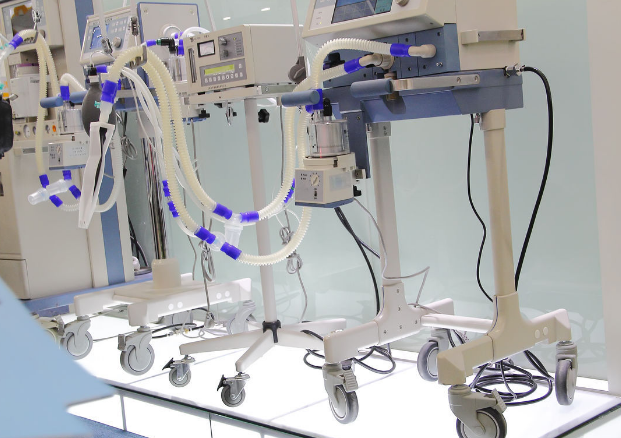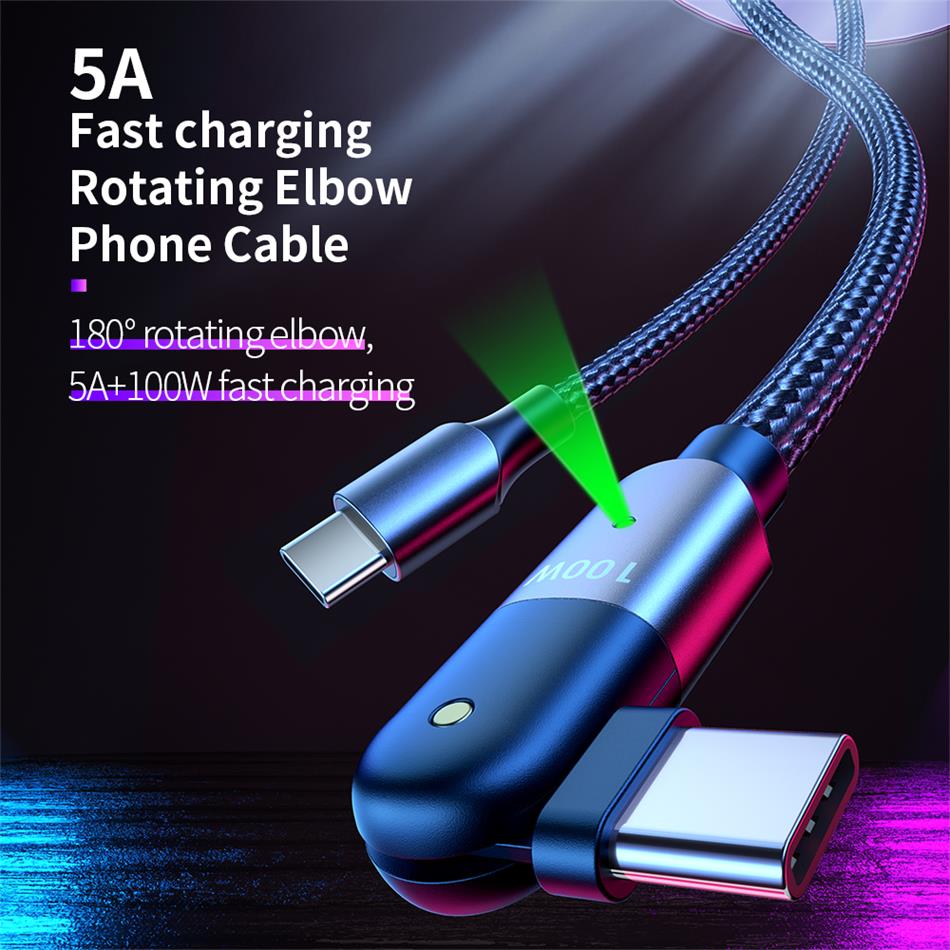When it comes to the home medical equipment market, many people would have regarded it as if they were “too smallâ€, “too subdividedâ€, and “developing constraintsâ€. However, it seems that these labels are played too early, and even somewhat reckless. And ridiculous. The home medical equipment market is like a white glove in magic. The layman joins in the fun and the insider sees the mystery.

There is no doubt that the medical and health industry covers a wide range, numerous sectors, strong market demand, and great development prospects. In addition, under the continuous impact of "new species" such as mobile Internet, new retail, and artificial intelligence, this large cruise ship has started from luxury The reorganization and transformation of the version to the attack version has become a well-deserved sunrise industry. However, there are also some people with super insights who can always see through the surface and see more ways and trends, and get ahead and get opportunities before the wind.
Last month, Kang Kai, director of Ali Health and general manager of Tmall Medical Health, resigned, and the media broke the news that the earliest opener of medical e-commerce in China had joined the home of rehabilitation and started to switch to home medical equipment as a partner and CEO. development of.
For a time, home medical equipment was pushed to the front of the stage violently, and there were divergent opinions.
As one of the basic supporting parts of the medical and health industry, the home medical device market has broken the 100 billion level, but whether it will continue to rise in the end, it is impossible to conclude, whether the "Kangkai phenomenon" is accidental or the direction of the wind, and it is impossible to give a definite answer. However, there are several trends that need to be seen clearly, which may have greater reference significance.
First, the proportion of medical equipment is quietly changing.
In foreign countries, the ratio of medicines and medical devices is close to 1:1, while in China, the ratio of medicines and devices is 1:3, which is lower than the world average. There are many reasons for this difference, among which policy reasons cannot be ignored.
As early as 2000, Japan began to implement the nursing care insurance system, medical equipment (including household) can be rented, and the insurance reimbursement ratio is as high as 90%, which greatly promotes the utilization rate and consumption of equipment. In addition, home medical devices and medicines are irrelevant and should complement each other in life. Without medicines, the equipment cannot fully exert its value, and without the equipment, the medicines cannot meet the diverse health needs. Therefore, in many European and American countries, home medical equipment and Medicines are equally important, and various supply policies have been introduced.
However, from today's perspective, the 1:3 dilemma of domestic medicine and equipment is disintegrating and disintegrating at an accelerated rate.
With people's increasing demand for health management, as well as the increasing trend of the incidence of chronic diseases such as the aging of the population and the three highs, the market demand has been unprecedentedly strong. On the one hand, based on the impact of this general environment, some regions in China have begun to pilot long-term care insurance similar to nursing care insurance, and policy resistance has continued to weaken. At the same time, some provinces have gradually liberalized their medical insurance policies, allowing medical insurance cards to be consumed in medical device stores. , This will inevitably lead to a substantial increase in the home medical equipment market. On the other hand, as the call for prescription drugs outflow is increasing, the size of hospital prescription drugs will be greatly reduced, and the doctor-patient relationship will also undergo subtle changes. The result is that the original hospital prescription drugs will be partially replaced with out-of-hospital health products and Home medical equipment. In layman's terms, doctors will reduce the number of unnecessary prescriptions and recommend that patients use "little blue caps" or household appliances for rehabilitation.
Second, changes in consumption habits. From "take medicine when sick" to "can not take medicine without taking medicine", this is a conscious change in the Chinese people's concept of health.
As evidenced by the most common "snoring", about 3000 people die every day because of snoring. Snoring is not a problem, but mostly belongs to the category of sleep apnea syndrome. Previously, the method of treatment was to seek medical treatment, buy medicine, and observe, and there was no direct symptomatic drug treatment plan. Now, the most effective method recognized in the world is to use a sleep ventilator, which is about the size of a Macbook. It has to be said that in domestic home appliance stores, respiratory products have always been the largest revenue, and the proportion is also increasing.
In addition, people began to slowly allocate medical expenses to the out-of-hospital market. Taking stroke as an example, the average life expectancy of Chinese patients after treatment can be extended by 3 years, but it can be extended by 9 years abroad. The key to the 6-year difference in life is whether the post-hospital rehabilitation is emphasized or not. In China, there is still a blue ocean for solutions to single disease types outside hospitals. Except for Kangkai’s favorite rehabilitation homes, most of them are slogan producers, and the main reason for the cake family’s exclusive use is not money, but time. Time determines the profession. Without these, the concept of hype will not be able to get started after all.
Not only the rehabilitation population, but more and more sub-health, three-high chronic disease, elderly and other consumer groups are also willing to pay for this "health package"-a complete set of personalized health services can be purchased at a "package price", and the main part It is the combined use of blood pressure and blood sugar supplies, ventilators, physiotherapy equipment, wheelchairs, stair climbers and other household medical equipment.
Third, technological innovation promotes the increase in the value of household appliances.
With the advancement of technology, new things such as artificial intelligence and digitization have begun to be applied to life from the cloud. The smart toilet can monitor the time when going to the toilet, prompting the possibility of constipation; the smart shower can sense the temperature and bathing time of the bathroom, and if the elderly have an accident in a special environment, they will promptly warn their family members; daily physical examinations are carried out through smart devices, and pass The data intelligently draws indicator curves, and automatically matches health solutions, etc.
These changes are empowering home medical equipment, realizing the role conversion from medical equipment to living appliances. Regardless of the capital market or the consumer market, "change life" seems to be a powerful stimulant, just like Jobs's favorite advertising slogan: Think Different, whoever captures the attention of users, who creates the difference Anyone can find enough gold in today's market.
Fourth, the catalytic effect brought by new retail. The hot new retail is not because of the new concept, but because it touches the hearts of "people". Compared with the old retail, the core of the new retail is not the supply chain and traffic, but the user experience. Both the product side and the scene side are interacting and transforming around people's needs.
Looking at the entire medical and health industry, home medical devices are at the right time. First, home medical devices have a certain degree of professional guidance, which will inevitably trigger continuous interaction with users. This is an important prerequisite for achieving high customer stickiness and building a "social empire"; second, the field can be everywhere. Franchise stores, chain pharmacies, communities, workplaces, business districts, schools, and e-commerce platforms, etc., the scale of the scene can be endless; third, there is no future without connection. Compared with medicines, household appliances have incomparable data attributes to medicines. With the characteristics of wide coverage of users, high frequency of use, strong connection to the human body, and universality of the family, they have a natural advantage in user data collection, analysis, and application. The reference value and commercial value brought by the big data era will be self-evident.
In short, this is not what it used to be. Home medical devices that have been underestimated are prospering, and judging whether the "Kangkai phenomenon" is accidental or inevitable is no longer able to limit the emergence of this industry. For those who are familiar with capital opportunities, it is bound to usher in new ones. A wave of Nuggets grabbing matches.
Lao Ma once predicted: "If someone can surpass me in the future, it will definitely be in the health industry." In this way, it is quite interesting.
Usb C Cable is also known as Usb Cable Type C interface,is an interface specification consisting of a Type-C plug and a type-C socket.Its highlights are thinner design,faster transmission speed (up to 10Gbps),stronger power transmission (up to 100W).In addition, USB-C interface also supports double-sided insertion,front and back can be inserted at will, compared with USB2.0/USB3.0 more advanced.Usb-c has been given better media properties,faster transfer speeds,and better compatibility with charging.The new generation USB-C has faster transmission speed than USB,stronger power transmission, smaller interface size,and supports bidirectional transmission with stronger compatibility.
Thinner bodies require thinner ports,which is one of the reasons USB-C is here to stay.The USB-C port is 0.83 cm long and 0.26 cm wide.The old USB port measuring 1.4cm long and 0.65cm wide looks outdated.This also means that the end of USB Cable will be one-third the size of the plug of A standard USB-A cable.The USB-C port is the same on the front and back.This means that no matter how you insert the port,it will be correct.Users do not have to worry about the pros and cons of traditional USB ports.

Usb C Cable,Custom Usb C Cable,Flexible Usb C Cable,Braided Coiled Usb C Cable
Henan Yijiao Trading Co., Ltd , https://www.yjusbcable.com